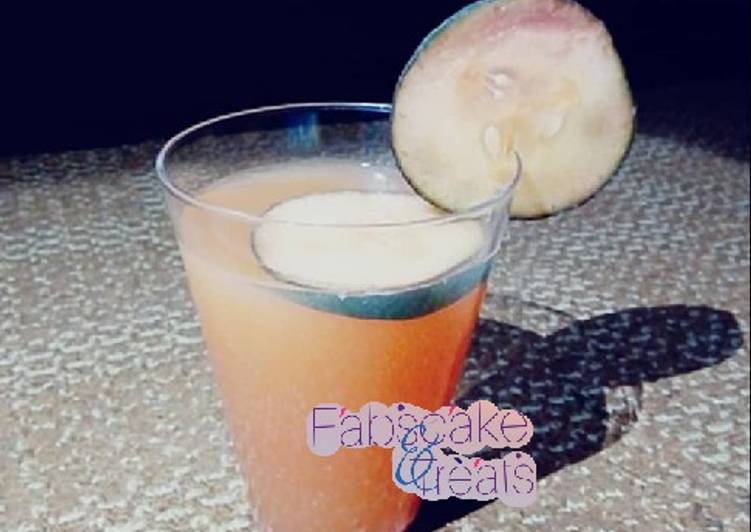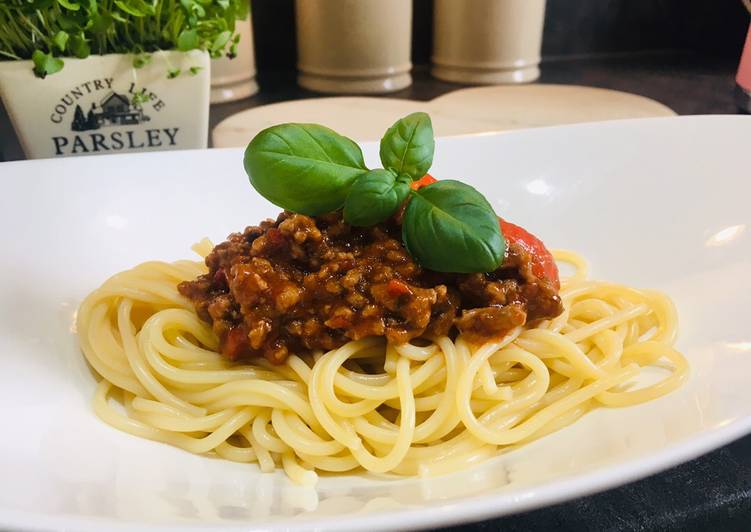
Hello everybody, it’s Brad, welcome to our recipe page. Today, I will show you a way to prepare a distinctive dish, steamed buns. It is one of my favorites food recipes. This time, I’m gonna make it a bit tasty. This is gonna smell and look delicious.
Steamed Buns is one of the most well liked of current trending foods on earth. It is enjoyed by millions every day. It is simple, it is quick, it tastes yummy. Steamed Buns is something that I’ve loved my whole life. They’re nice and they look wonderful.
Continue steaming batches of buns until all are cooked. Known as 包子 (baozi) in Chinese, the steamed bun literally translates to "a little package"— at its core, it's a humble bread house that welcomes whatever your heart desires to stuff into it and can. Arrange the buns on a parchment lined sheet tray and cover them with a clean kitchen towel. Traditional Chinese steamed buns or mantou (馒头) is one of the most popular steamed bun recipes in Chinese food.
To get started with this particular recipe, we must first prepare a few ingredients. You can have steamed buns using 27 ingredients and 8 steps. Here is how you cook that.
The ingredients needed to make Steamed Buns:
- Prepare A. For the buns
- Take 265 ml water
- Take 25 ml vegetable/corn oil
- Take 50 g sugar (1/4 c)
- Make ready 500 g any low protein flour (7-9%)
- Take 1 1/4 tsp double acting baking powder
- Get 1 1/4 tsp dry instant yeast
- Prepare B. Filling 1 - vegetarian
- Get 400 g bok choy - finely chopped
- Take (Mix with 1/4 tsp of fine salt)
- Get 100 g fresh shiitake mushrooms
- Get (Washed. Drained. Finely chopped)
- Make ready 1 tbsp soy sauce
- Make ready 3 tbsp sesame oil
- Get Dash ground white pepper
- Prepare to taste Salt or chicken cube/granules
- Take B. Filling 2 - chicken char siu
- Take 350 g (or more) chopped chicken char siu
- Take (Char Siu recipe on previous post)
- Get 3 tbsp finely chopped yellow onion
- Get 3 tbsp cooking oil
- Make ready 3 tbsp oyster sauce
- Make ready 3 tbsp corn flour + 3 tbsp water
- Get 2 tbsp castor sugar
- Take 2 tbsp chinese cooking wine
- Take 1 tbsp sesame oil
- Get 1 tbsp dark soy sauce (or 2 tbsp - adjust)
Other versions wider in diameter are available but both bao preparations are fairly similar. Steamed buns: pockets of steamy goodness, just waiting for you to fill them with tender meats, pickled vegetables, fresh herbs, and ooey-gooey sauces. Those stuffed steamed buns are called as Baozi in Chinese (Bao Buns) and those without fillings are called as mantou. Mantou (馒头) is a basic staple in northern part of China and served in every places of China not just the northern part.
Instructions to make Steamed Buns:
- A. For the buns - Place ingredients in A (according to the order listed) into a bread maker. Use dough setting to knead & proof the dough. Note: this recipe here uses chicken char siu as filling; authentic taste of hawkers/restaurants steamed buns.
- If Bread Maker is Not Available, knead dough by hand. Combine flour, baking powder, yeast, sugar in a large mixing bowl. Whisk dry ingredients until well mixed. Make a well in the flour mixture, add water & oil. Mix well & knead to form a dough. Transfer dough onto a lightly floured surface. Knead until an elastic and smooth dough is formed (around 15-20mins). Then let rise for 1 hour.
- B. Filling 1. Vegetarian - combine the finely chopped bok choy with 1/4 tsp of salt. Allow to sit for 15mins at room temperature. Then divide it into 3-4 batches. Place each batch in the middle of a large muslin cloth & squeeze out its water content. Discard water or use this Pok choy water can be used to make green buns. Repeat the same with the remaining portions of the bok choy. Mix the rest of the filling ingredients into the squeezed bok choy until combined. Set aside.
- B. Filling 2. chicken char siu - in a frying pan, heat up cooking oil, sauté the onion until fragrant. Add chopped char siu & stir fry for 1-2mins until well mixed. Add in cooking wine, oyster sauce, sesame oil, sugar, dark soy sauce. Stir to mix for few minutes. Add corn flour mixture. Mix until well combined and all turn thick & sticky. Taste filling & adjust accordingly but do not worry about strong seasoning as buns are plain in taste.
- Note: this recipe yields 16 small buns. When the dough is ready, divide into 16 portions. Each weighing around 50g. Flatten each dough. Wrap 1-2 tbsp of filling inside each rolled dough. Repeat the rolling & wrapping steps with the rest of the dough & filling. wrap each bun up neatly & lightly shape/roll into round ball. Avoid pressing buns hard when rolling them into smooth balls. Place each bun on each paper cup liner or a small piece of baking paper with its seam sides down.
- Rest the buns in warm mist for 40mins or until the dough look puffy.
- In the meantime, prepare the steamer- set water to boil for steaming later. Steam bun over medium heat for abt 15-20mins until done. The steaming time varies if multiple layers of buns are steamed. The layer that is closest to direct steam will take lesser time to cook (around 15mins). When ready, remove the buns from the steamer & serve warm.
- Left over can be refrigerated or kept in the freezer with cling wrap & cover. Allow buns to cool completely at room temperature before freezing. Wrap each bun in small bag before storing in the freezer. To consume, steam until hot & serve. Alternatively, refrigerated buns can also be microwaved for 15-30sec.
Those stuffed steamed buns are called as Baozi in Chinese (Bao Buns) and those without fillings are called as mantou. Mantou (馒头) is a basic staple in northern part of China and served in every places of China not just the northern part. In the other parts of China, Mantou is mostly served as breakfast in restaurants and food carts. The best recipe I have tried is Momofuku's Steamed Buns. Pork is roasted or barbecued, wrapped in white dough and then steamed.
So that’s going to wrap it up with this exceptional food steamed buns recipe. Thanks so much for your time. I’m sure that you can make this at home. There’s gonna be interesting food in home recipes coming up. Don’t forget to bookmark this page in your browser, and share it to your family, colleague and friends. Thank you for reading. Go on get cooking!

